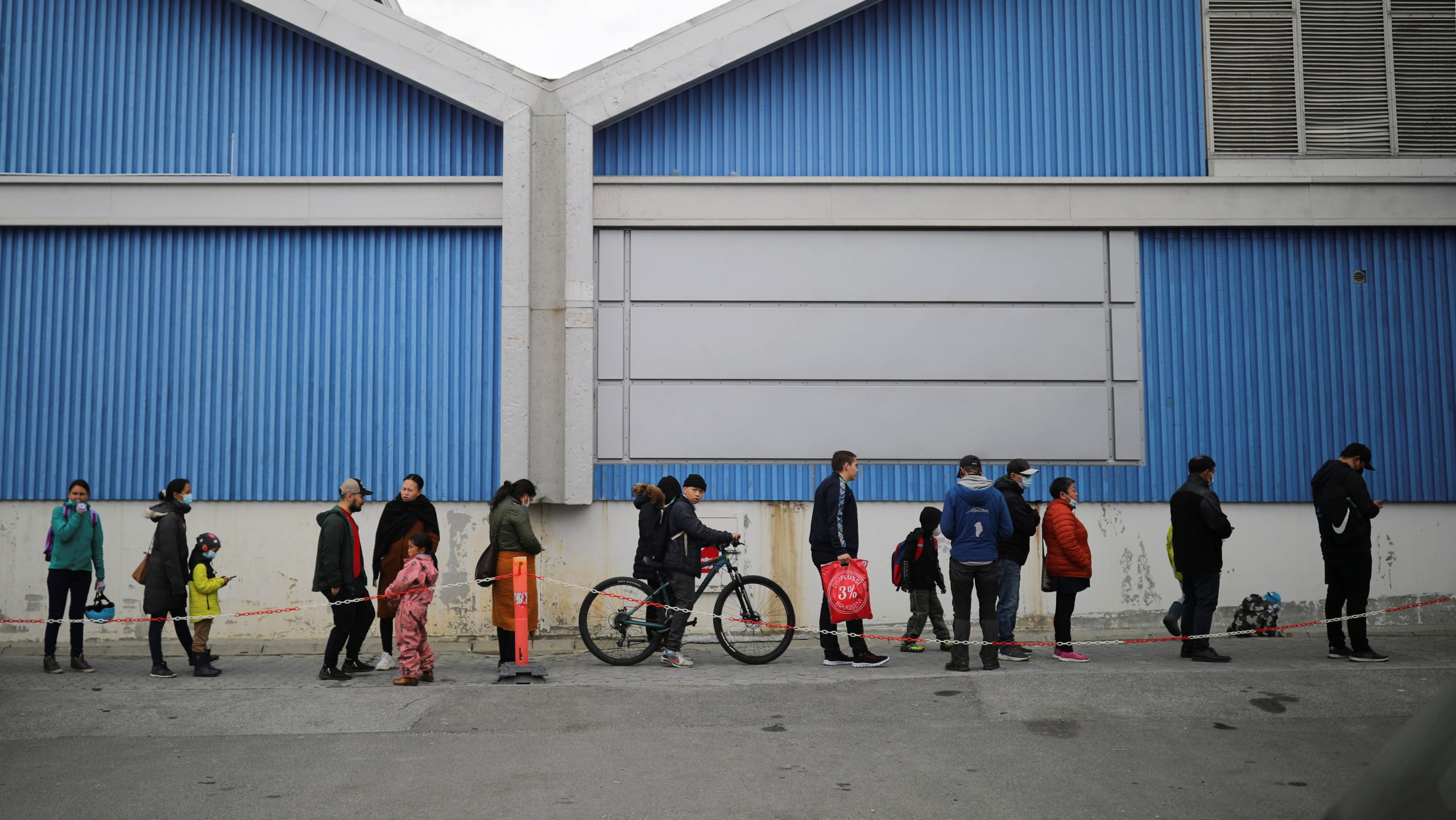‘Epidemic of the unvaccinated’ continues in Nuuk
A COVID outbreak continues in Greenland’s capital, while the illness is discovered for the first time on the east coast.

An improving COVID-19 situation in Greenland has resulted in the relaxation of a ban on direct entry to its isolated hamlets Friday, and will also see the end of measures imposed to control a recent outbreak in its second-largest settlement.
The hamlet travel restriction was imposed a year ago and required people traveling from abroad to quarantine for five days in a city or town where they could be tested for COVID-19 before traveling on to a hamlet. The aim was to prevent the illness from being introduced in parts of the country that have minimal health services.
The relaxations come as Nuuk, the capital city, continues to struggle with its worst outbreak of the illness to date. That, coupled with, the introduction of the illness on Greenland’s eastern coast via a flight from Iceland, has public health authorities warning that the threat of COVID-19 is far from over.
Calling the outbreak in Nuuk “an epidemic of the unvaccinated,” Henrik L. Hansen, the chief medical officer, said that nearly two-thirds of those reported to have contracted the illness hadn’t received a vaccine.
“If we’d have had the same vaccination rate as in Denmark or Iceland, this outbreak would have been much less severe, and we wouldn’t be seeing the level of community transmission we’re seeing right now,” he said.
[As Greenland’s COVID outbreak shows signs of slowing, officials warn against easing up]
Denmark and Iceland both have vaccination rates of around 75 percent. Greenland’s vaccination rate is 64 percent, though the figure is increasing rapidly. In Kommuneqarfik Sermersooq, the local administrative region that includes Nuuk, the figure is slightly higher than the national average.
Most of those infected in the current wave in Nuuk, which began in mid-September and has been traced back to a nursery school, can be associated with another known case, but a significant number of cases could not.
“There is no longer a clear infection pattern in Nuuk,” Hansen said.
As of Thursday, Nuuk had a reported 118 cases of COVID-19 amongst its 19,000 residents. That number is slightly lower than in recent days, but it is still one of the highest levels of infection the city has seen since the pandemic began. As a result, mask-wearing and vaccination requirements imposed at the start of the current outbreak and due to expire today have been extended until October 31.
[A stringent isolation strategy has kept Greenland mostly safe from the COVID-19 pandemic]
Those same requirements have been lifted in Sisimiut, which had also been hard hit by this outbreak but is now reporting just five known cases amongst its 5,000 residents.
The only two other current cases in Greenland were brought to the east coast town of Tasiilaq (pop. 2,000) by passengers traveling from Denmark via Iceland. Although Kommuneqarfik Sermersooq has taken measures to prevent an outbreak in the town — and an estimated 80 percent of residents have been vaccinated — it expressed concern that a high number of multi-generational households increased the likelihood of an outbreak.